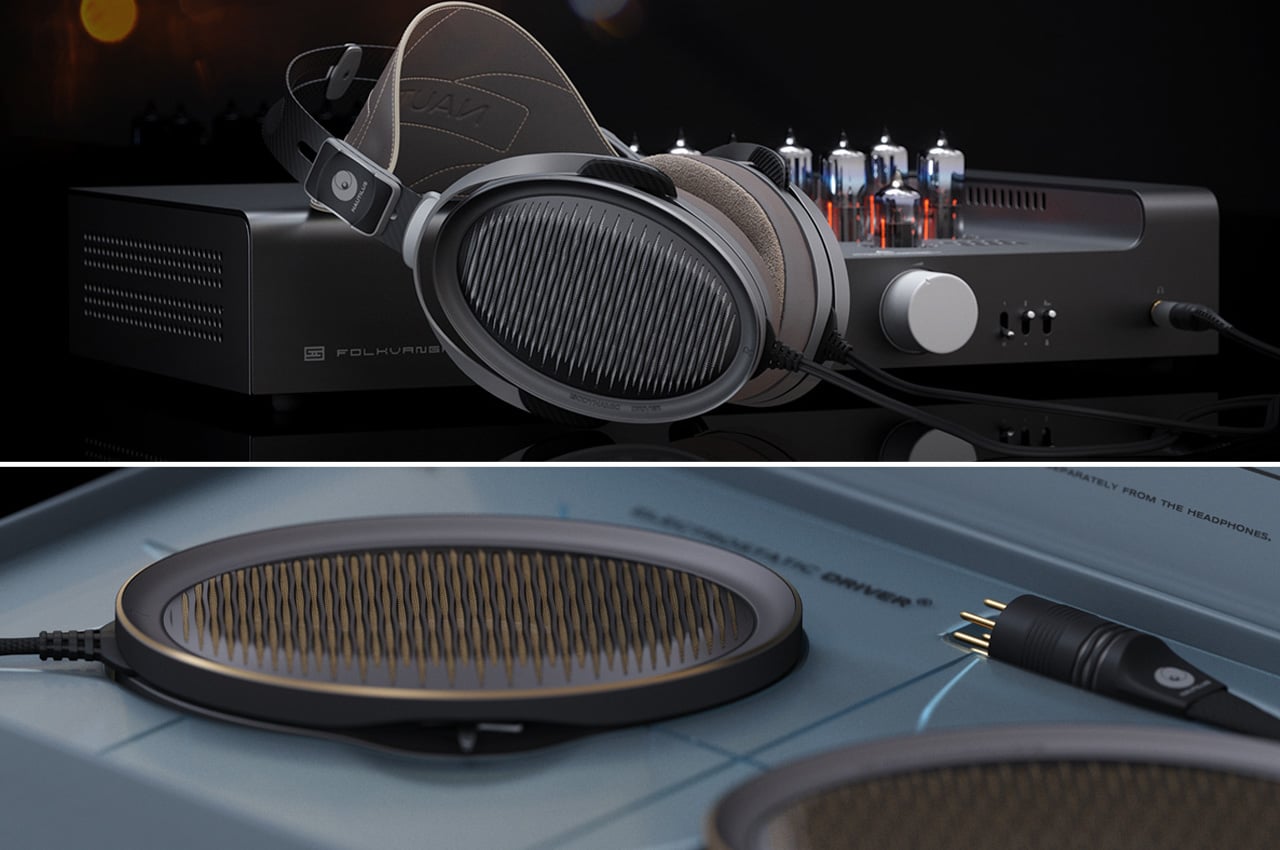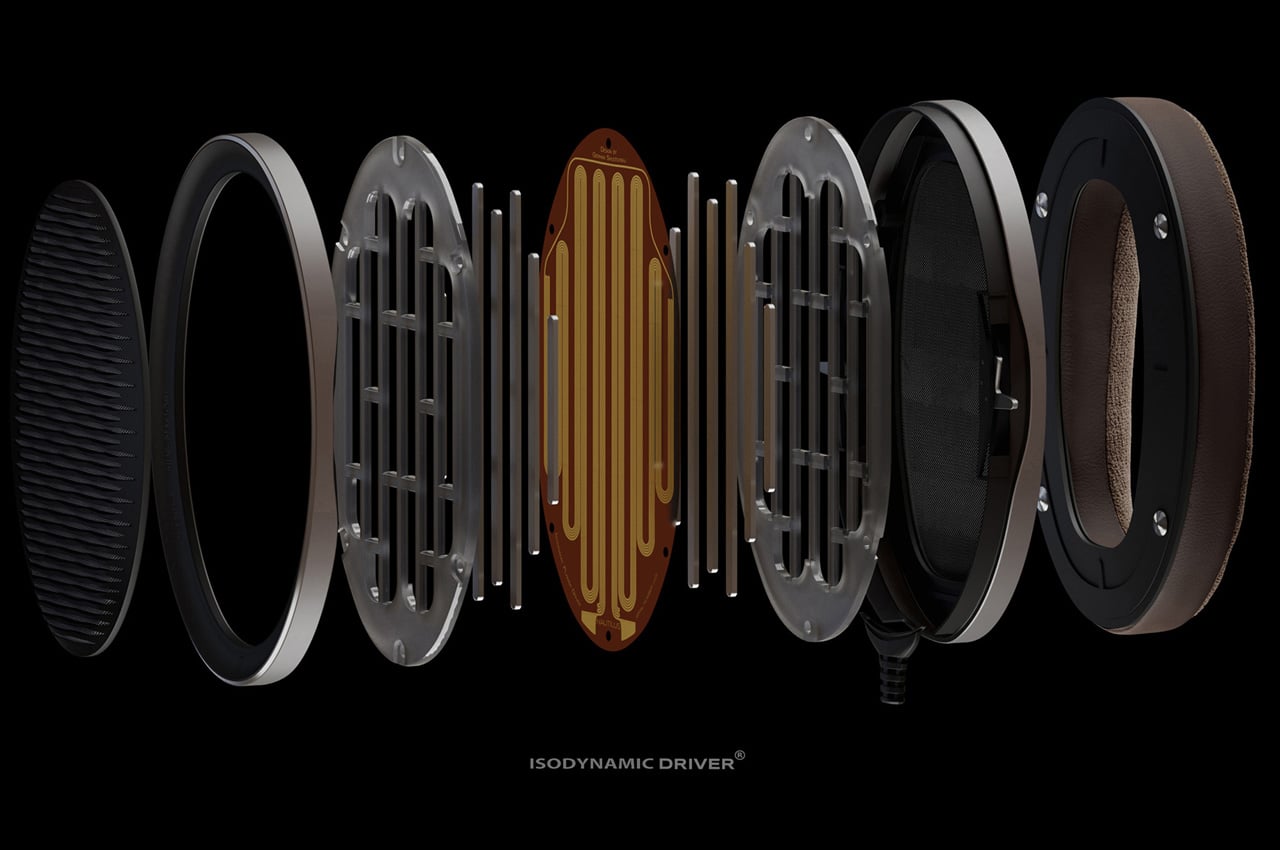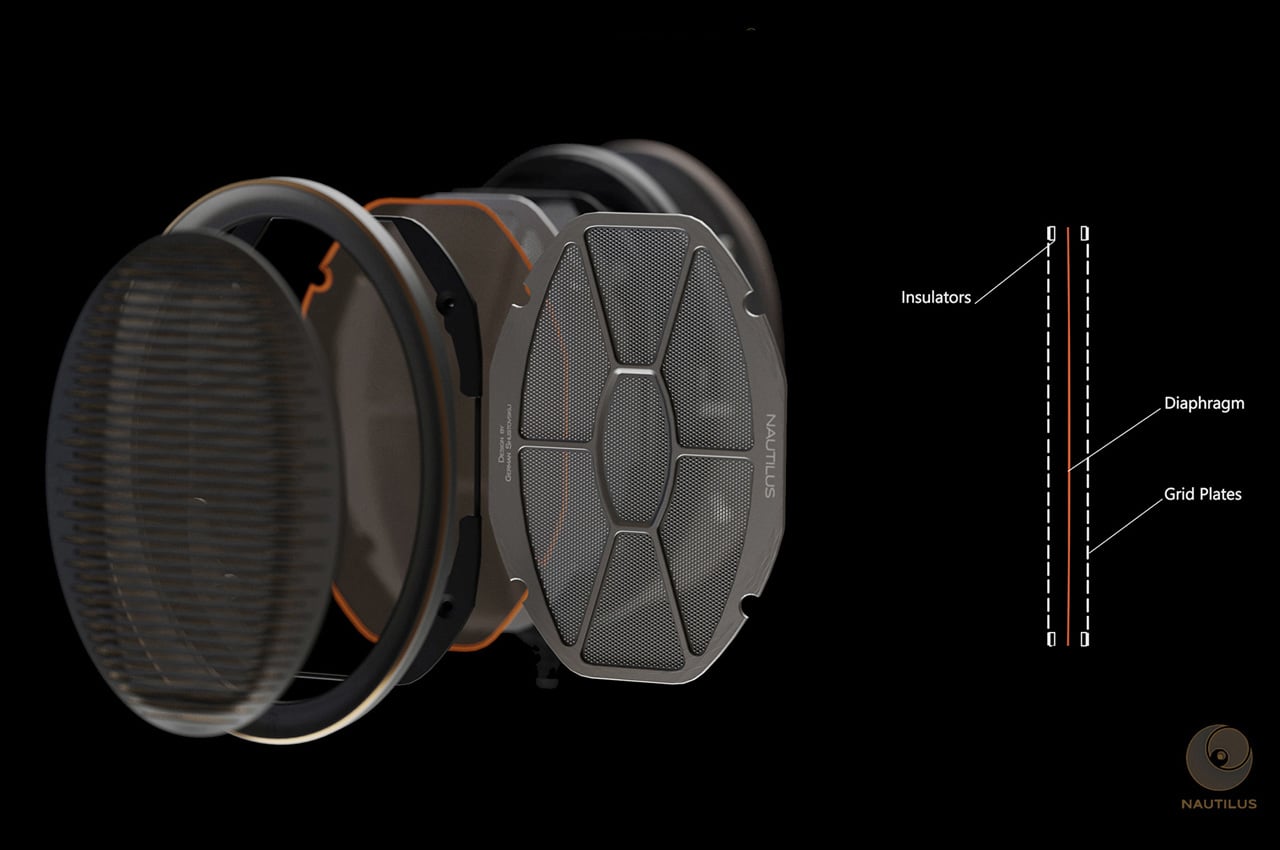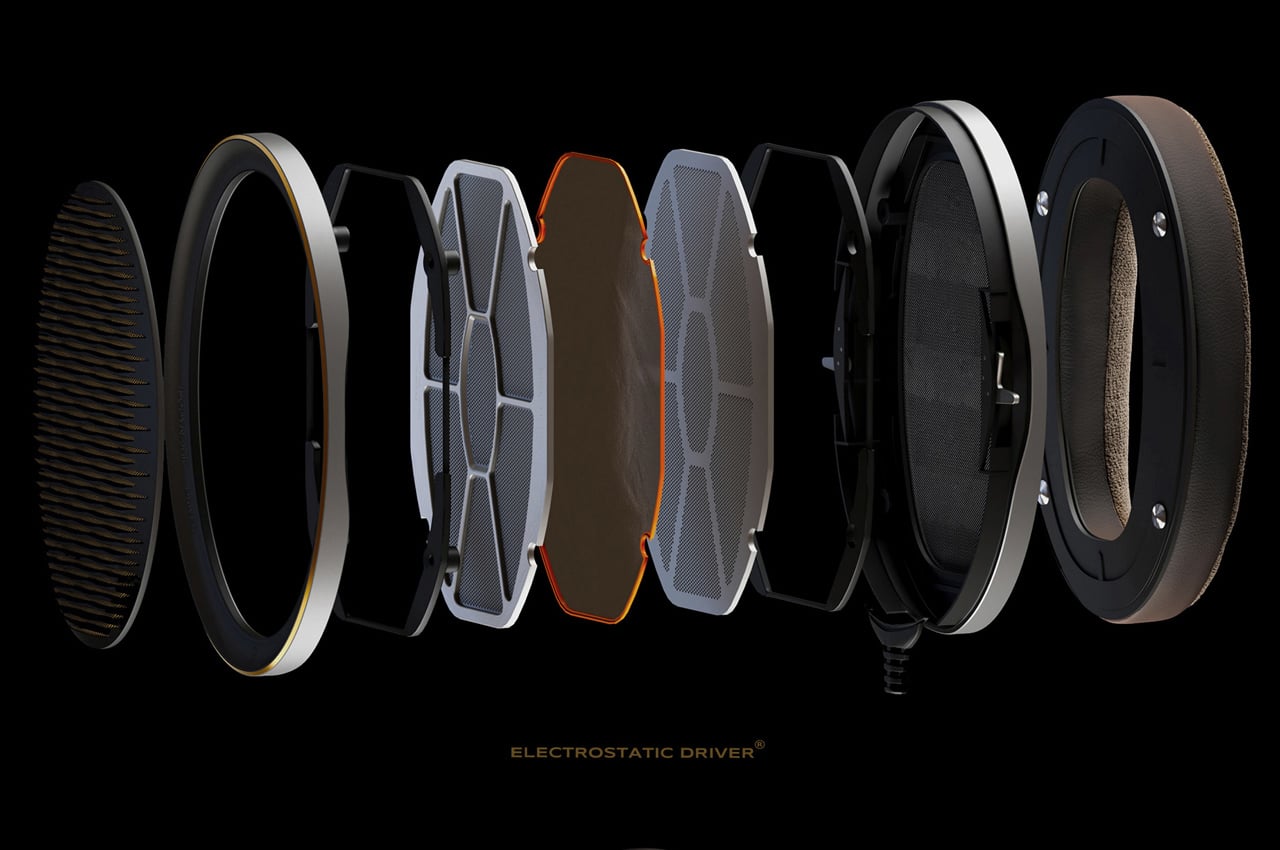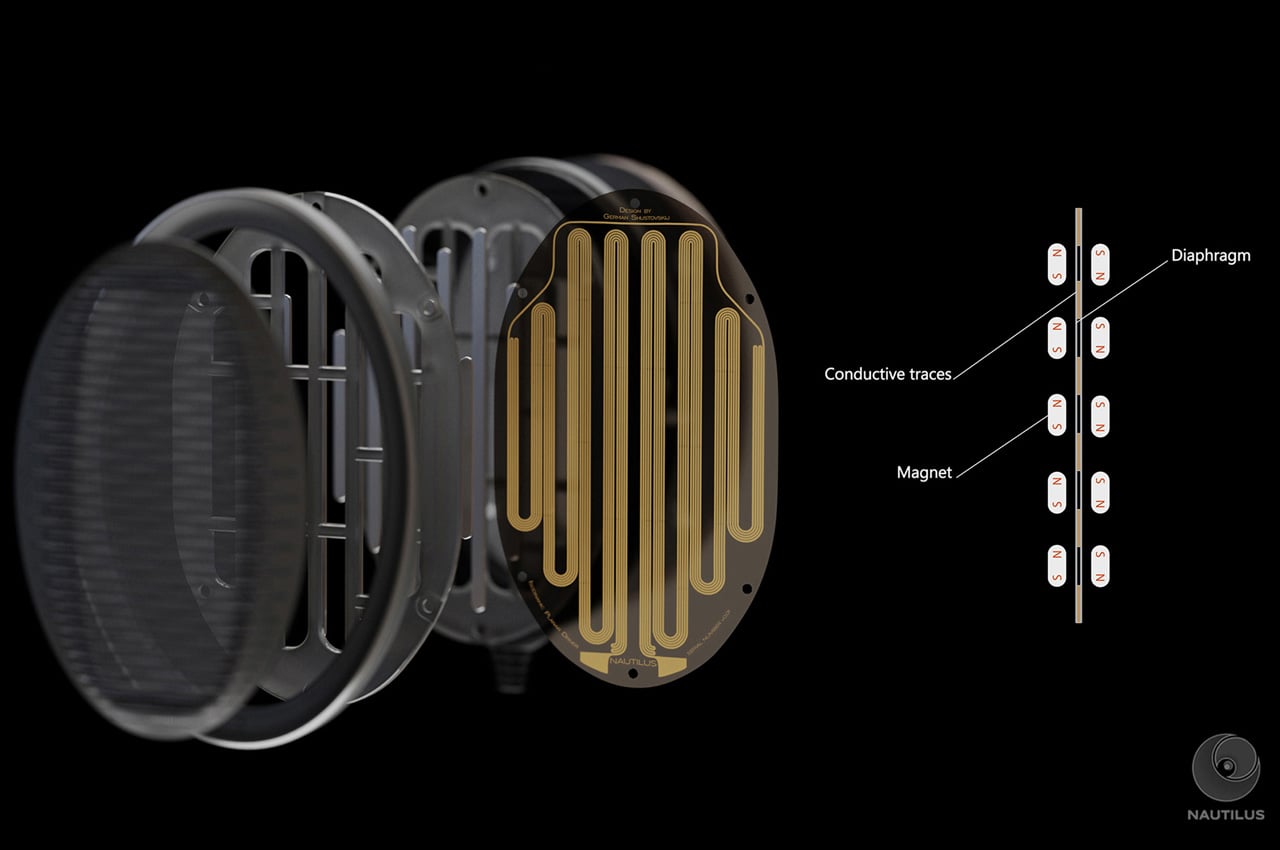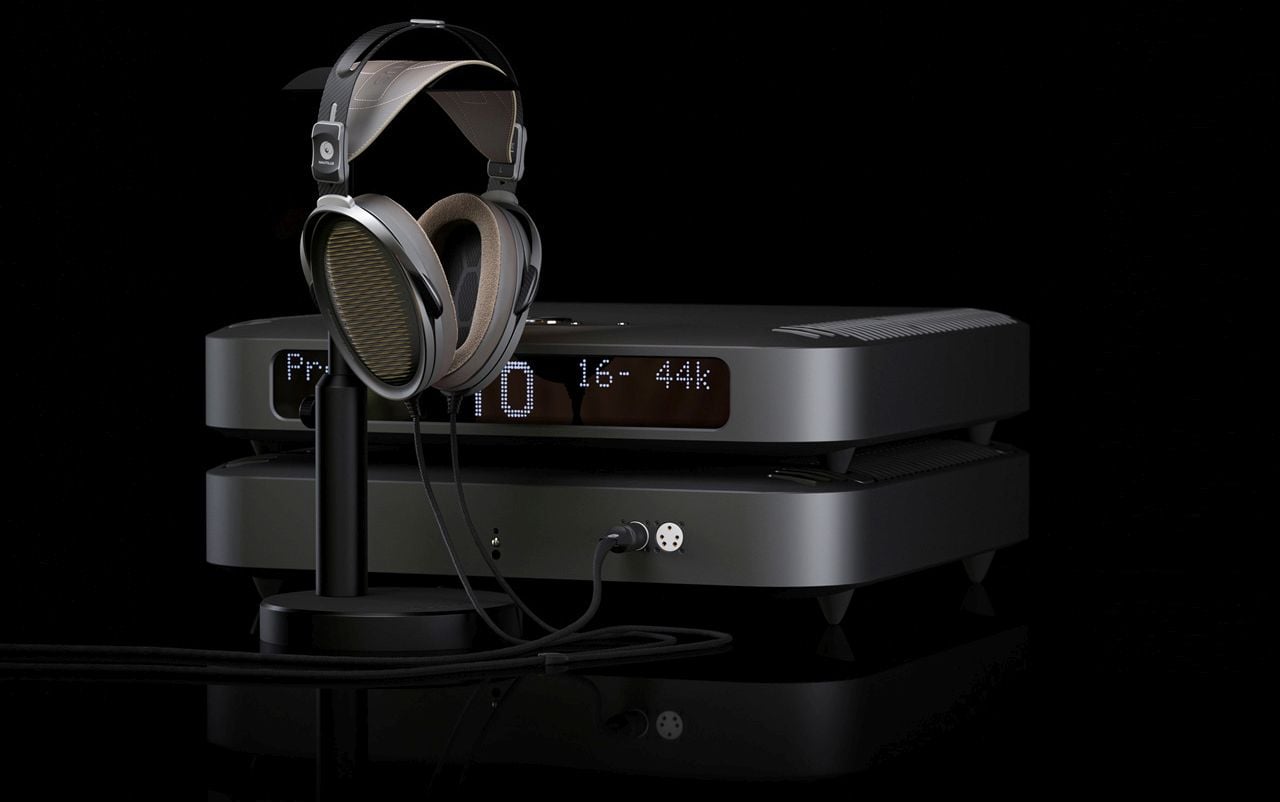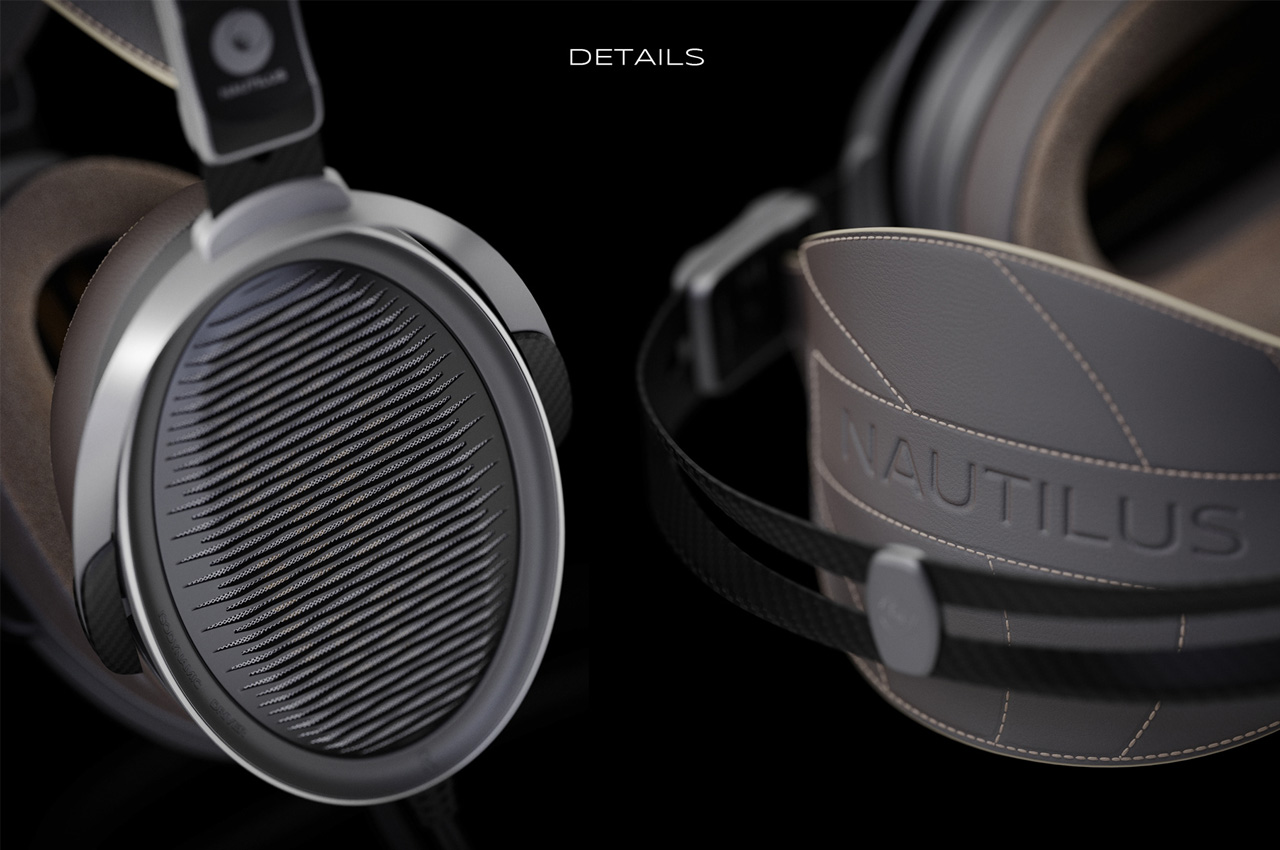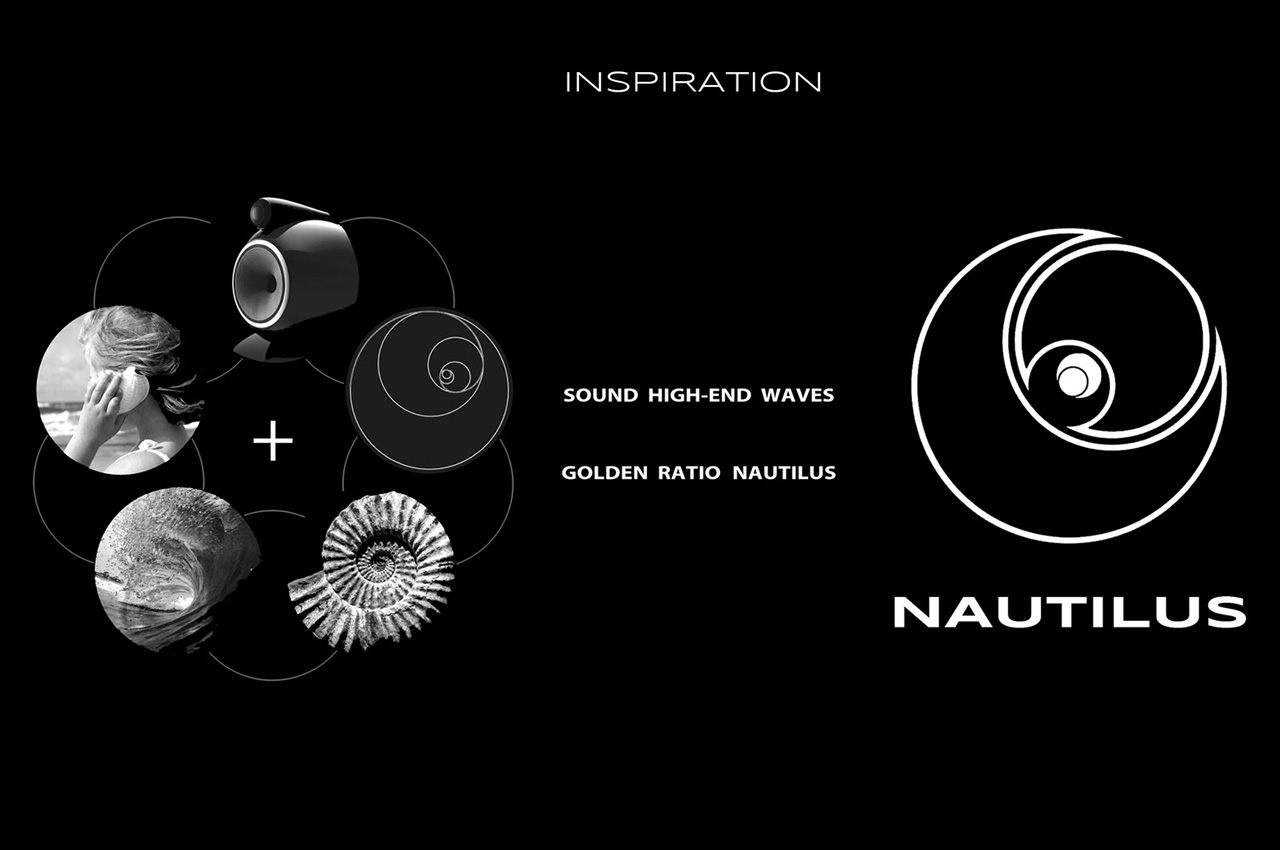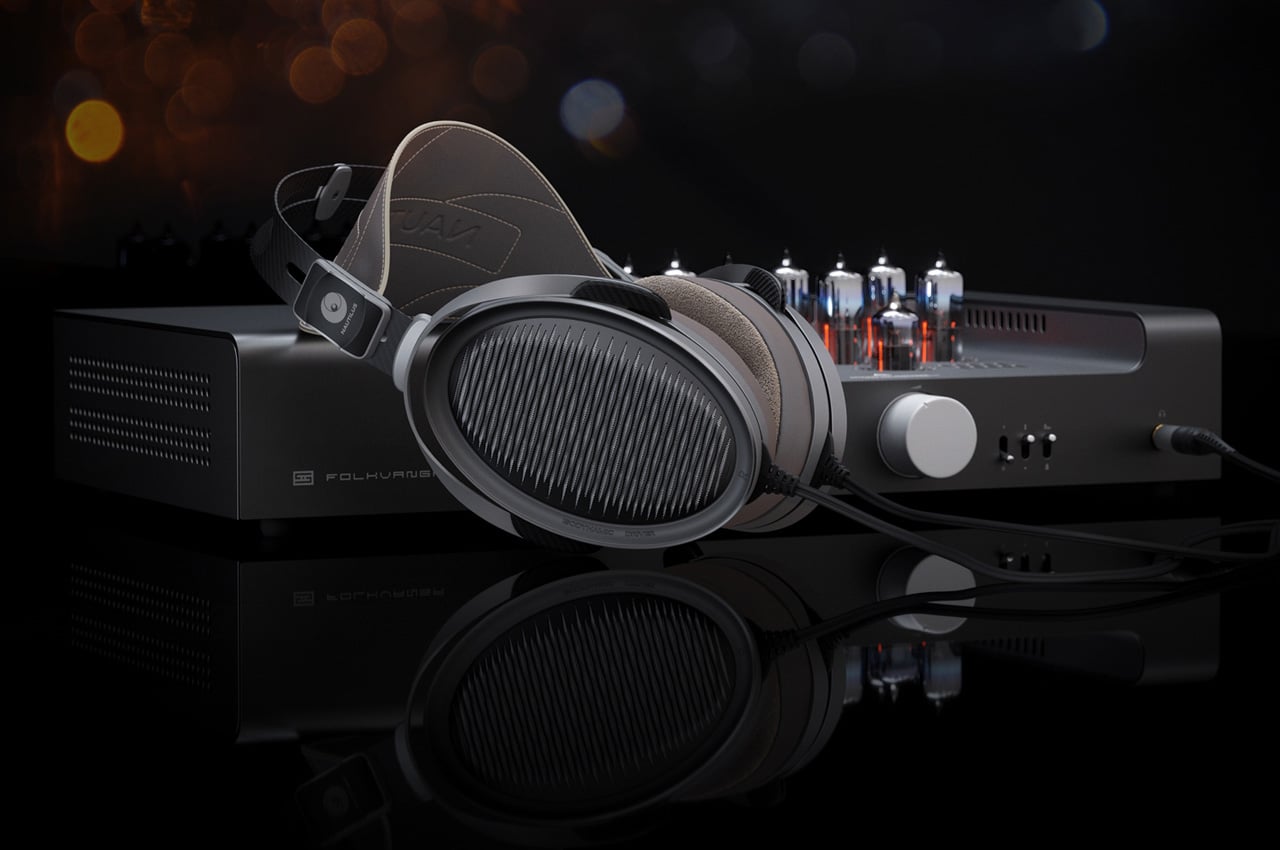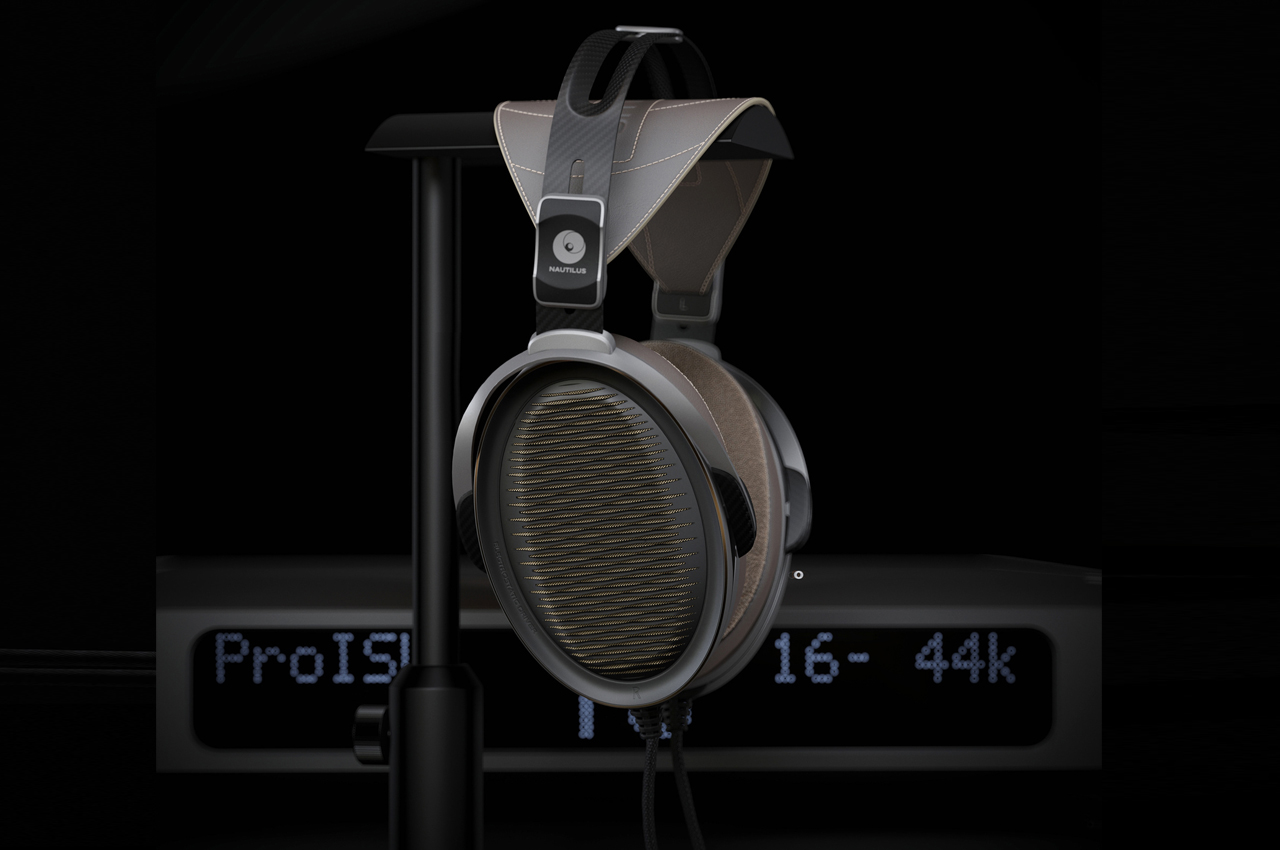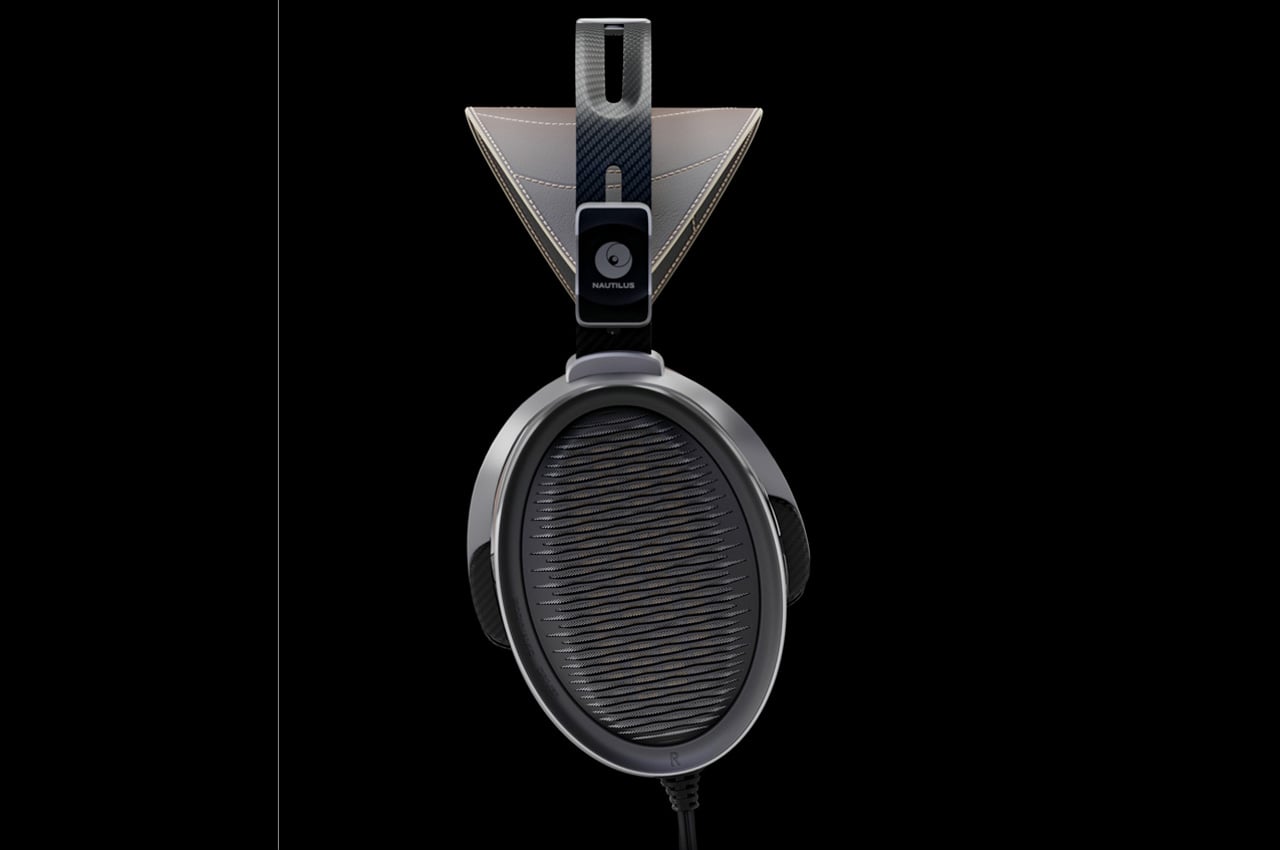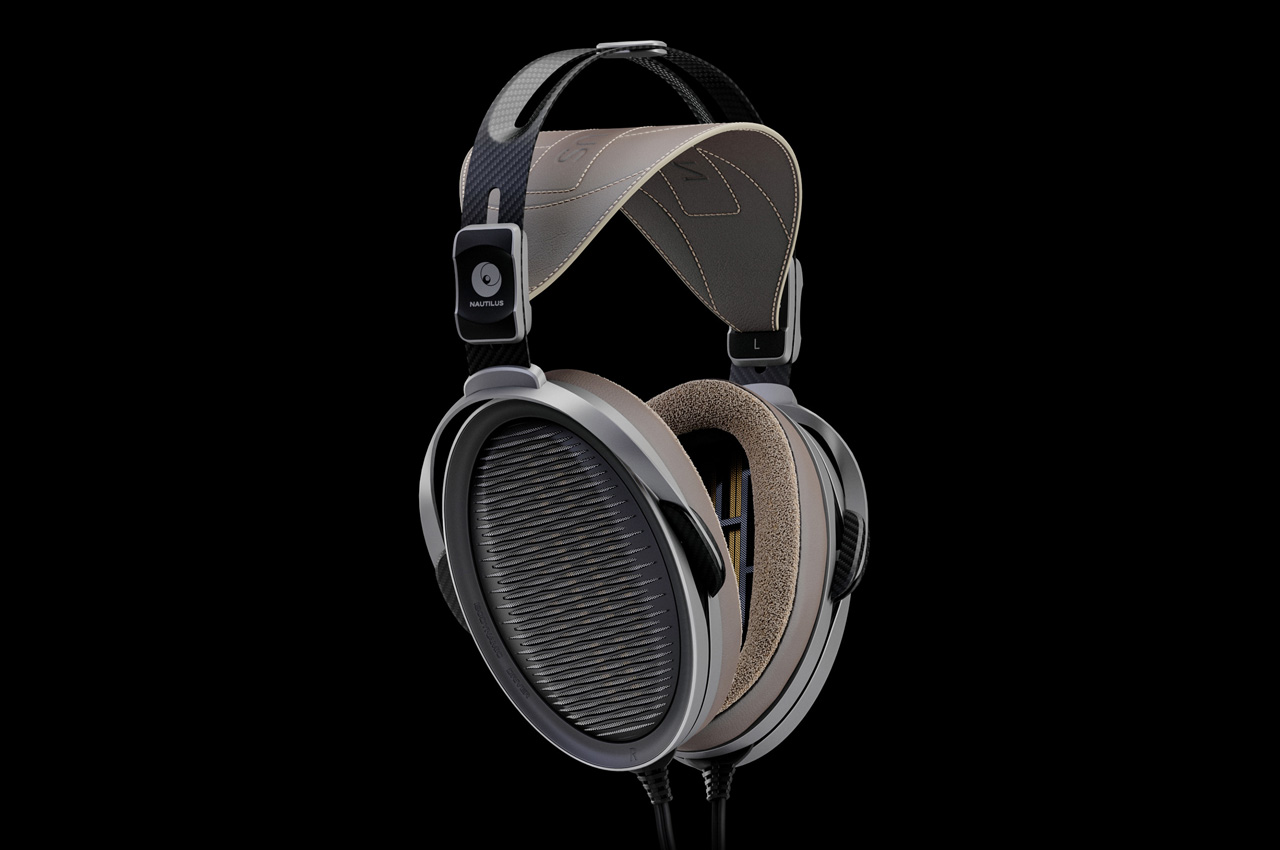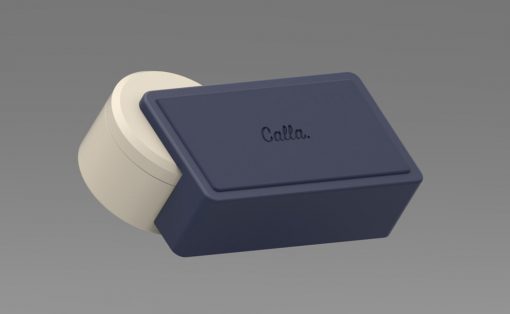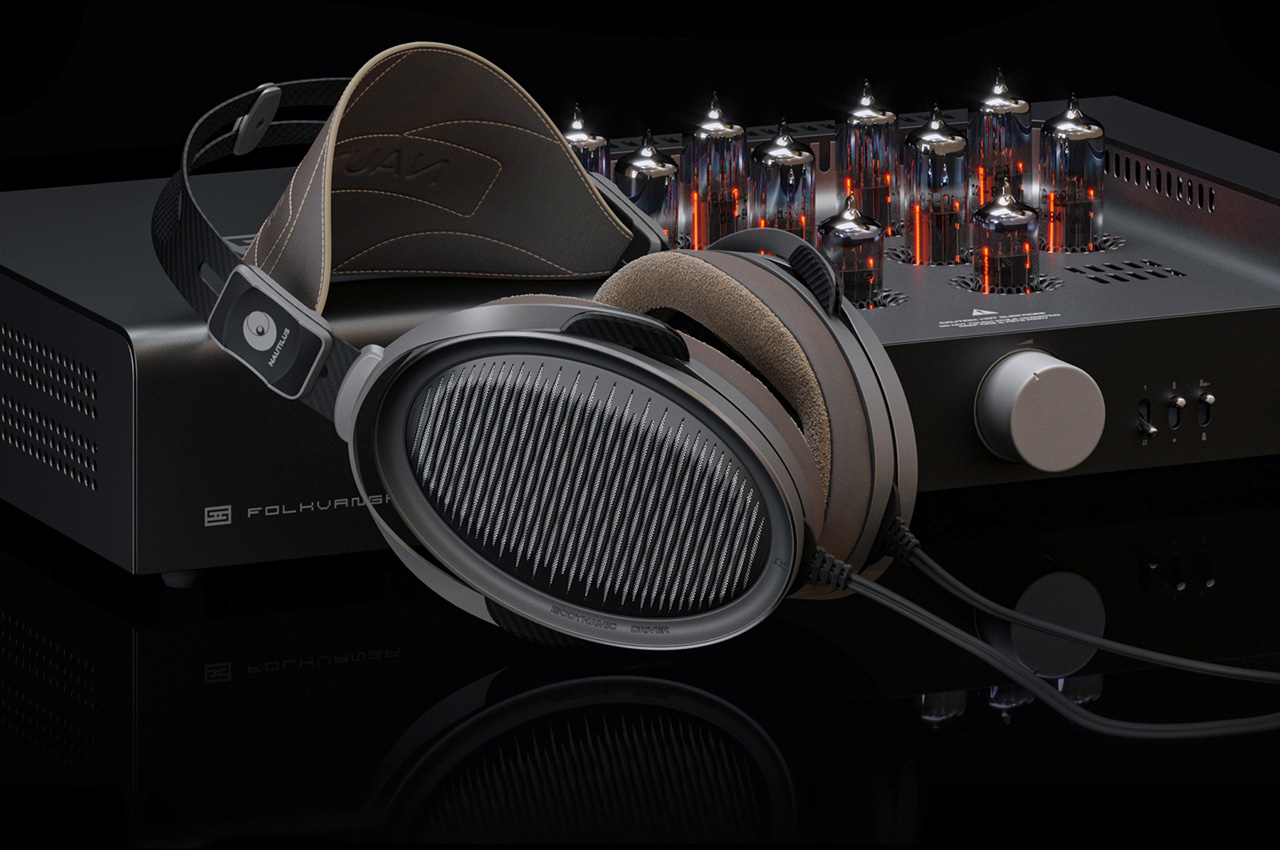
For audiophiles, headphones are like owning a new pair of shoes – you buy one and then after a year or so, a new one arrives, and the insatiable urge to get them leads to burning more money on a new pair of cans. The process is infinite for audio lovers as they are always seeking those god-level headphones that are the perfect balance of sound, ergonomic comfort and style.
More often than not, this complete package (if you ever find one) comes at a steep price tag, and the probability of it going obsolete over the years due to developments in audio technologies is even greater. Case-in-point, audio driver technology graduates over time, and mostly, new drivers bring new possibilities in how audio would sound. So, why not have a pair of headphones, that can have swappable drivers?
Designer: German Shustovskij
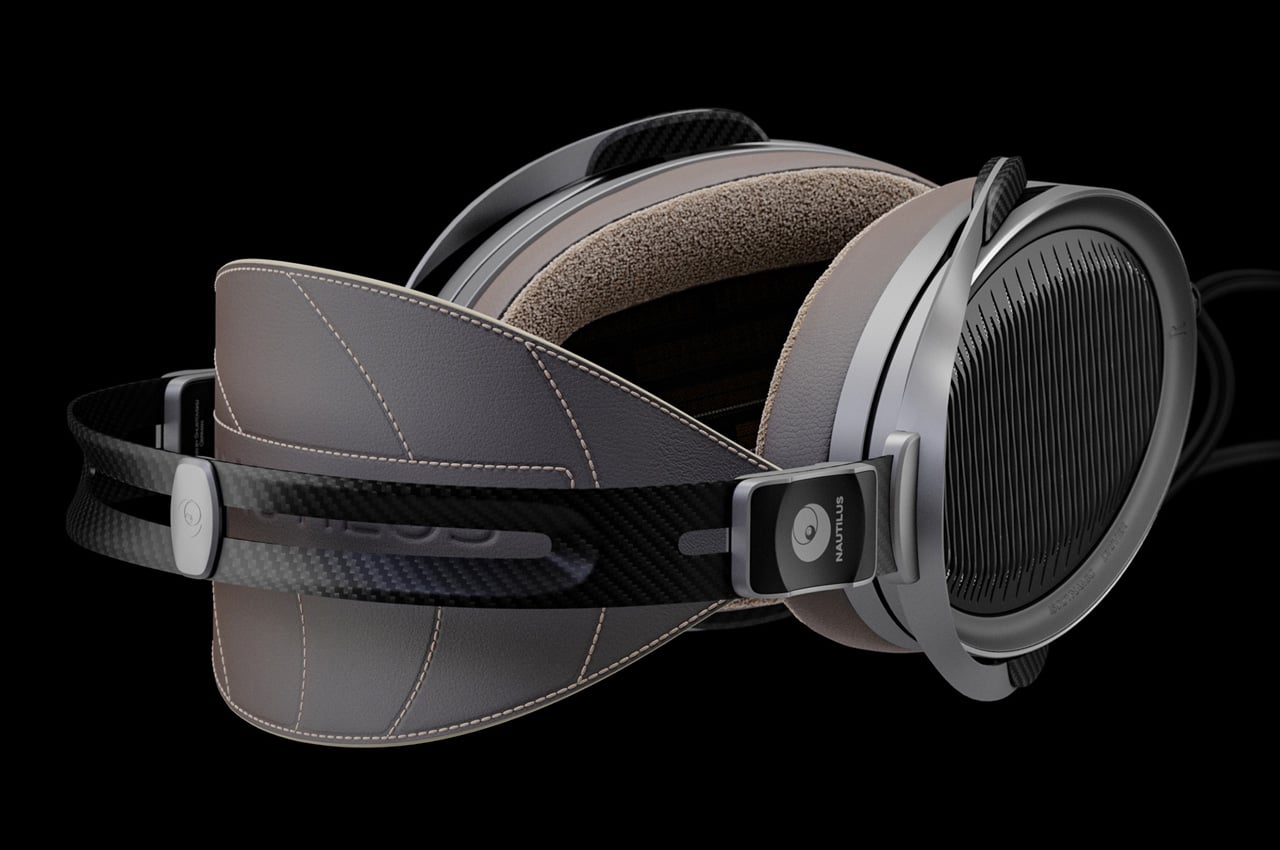
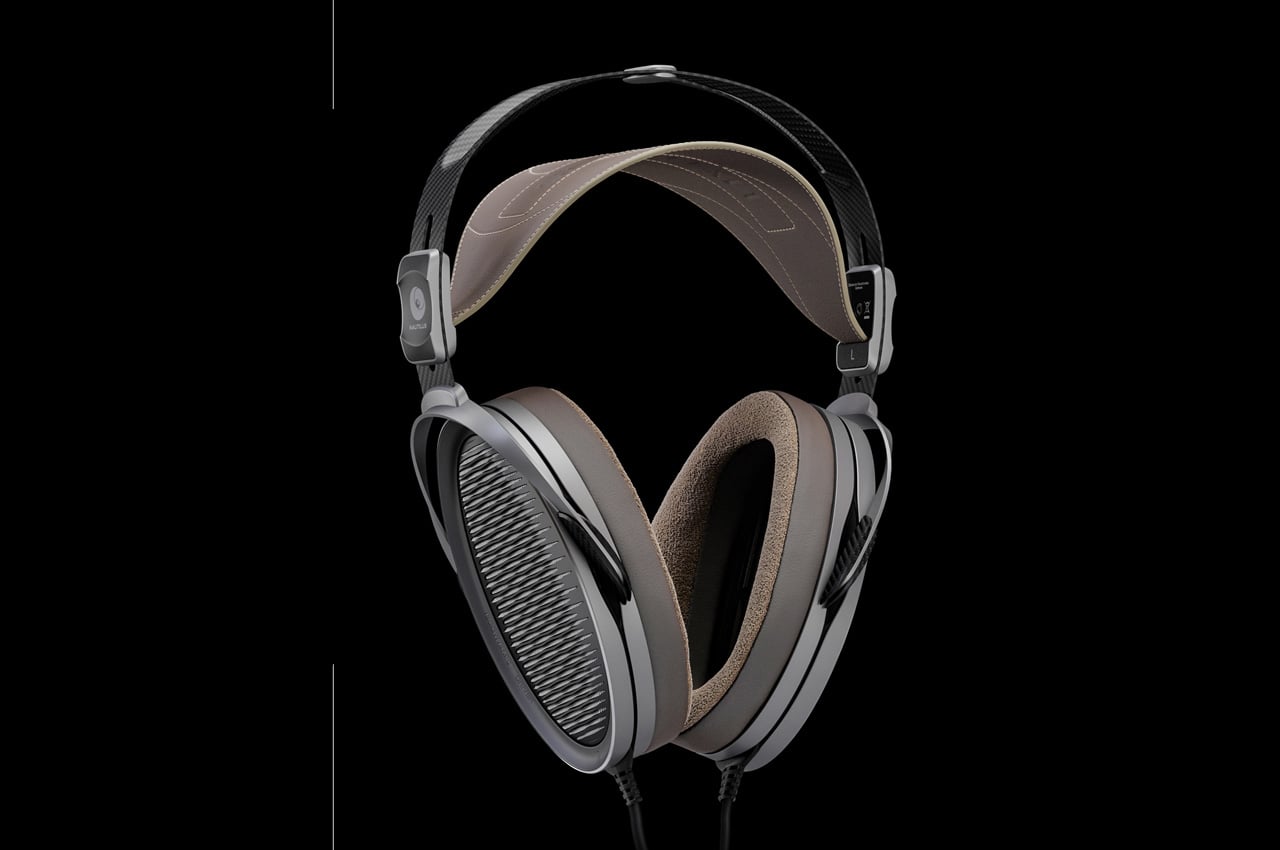
These are the Nautilus headphones that give audiophiles the freedom to swap drivers for an upgrade without investing in a new pair of headphones which eventually leads to the old ones losing their relevance over time. This makes complete sense as the modular freedom lets the audio listeners keep their super comfy and stylish headphones without losing out on audio tech development over the years.
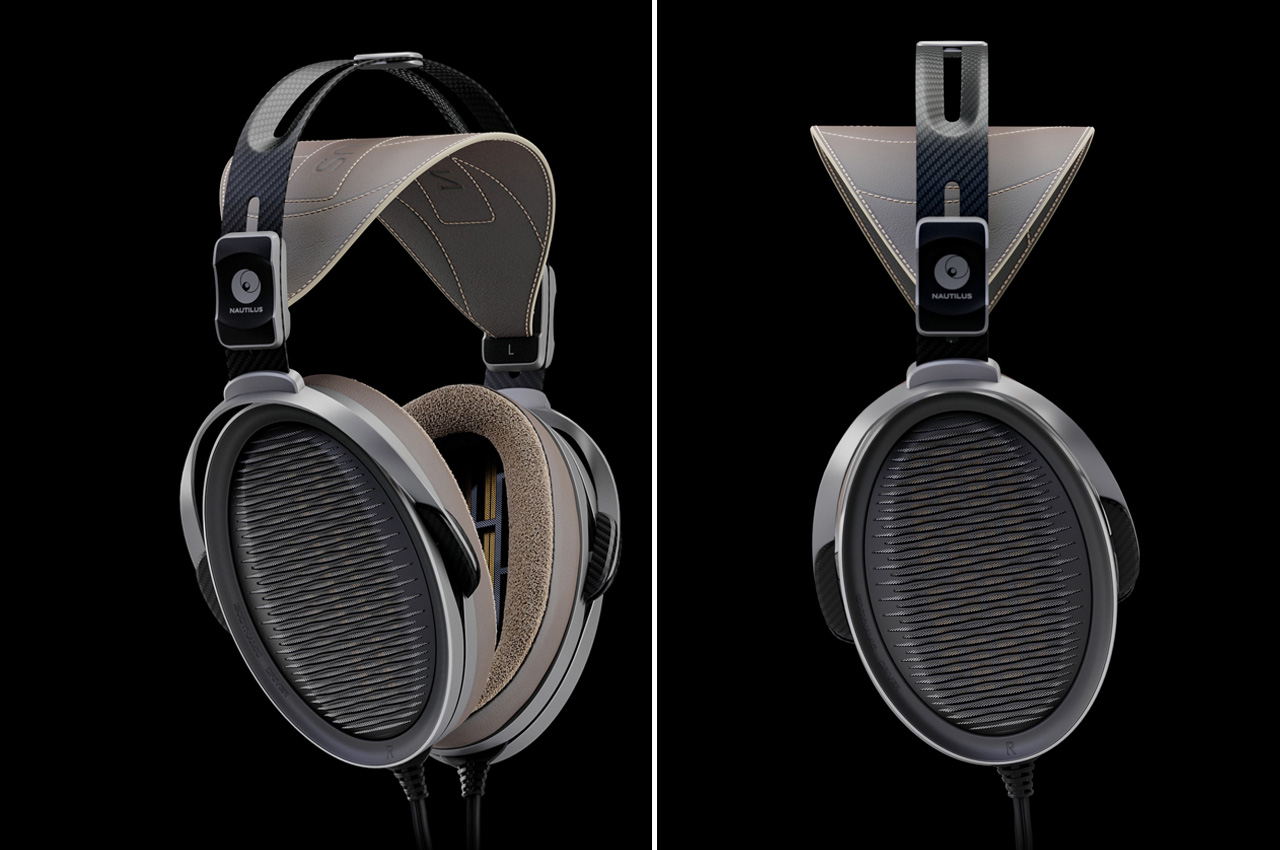
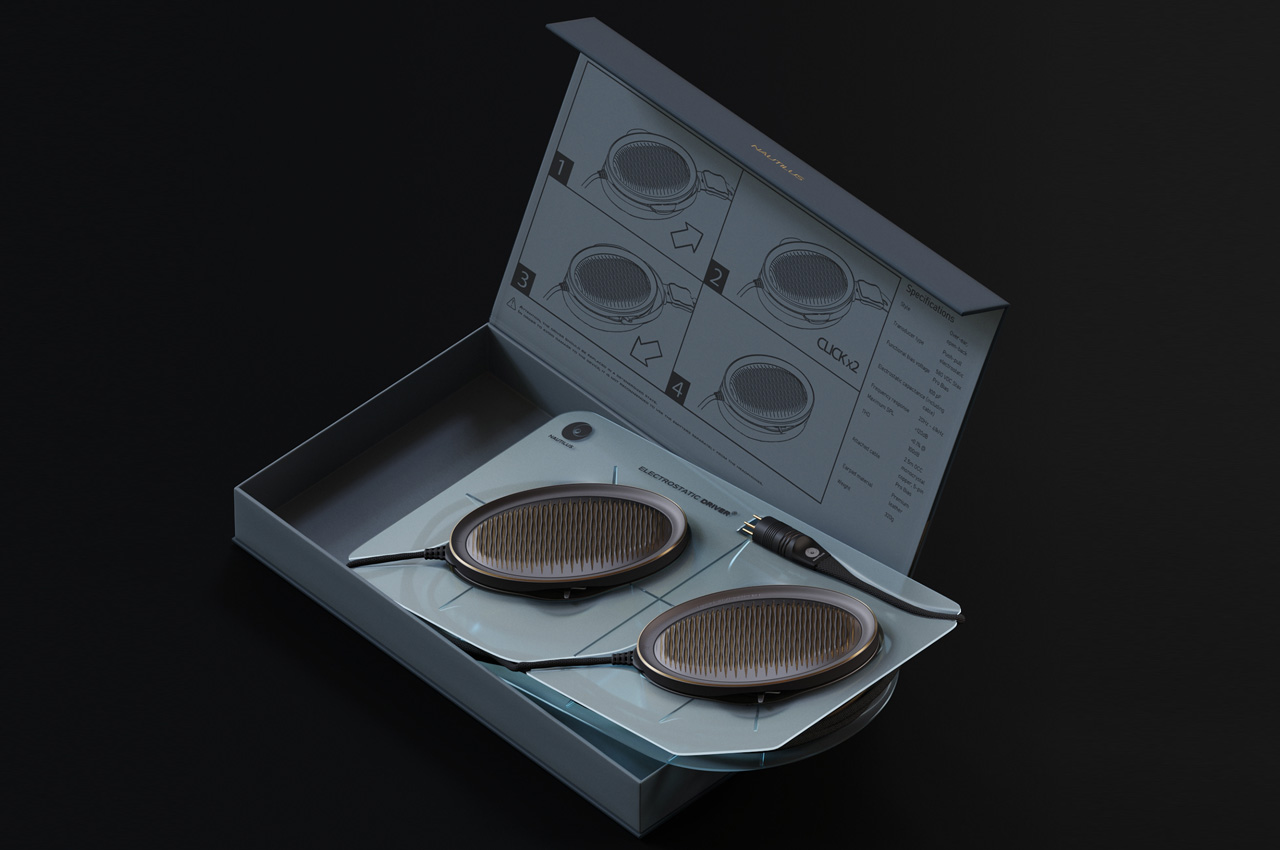
I personally am an audiophile and like to stick to a pair that is the most comfortable to wear while sounding good. Even though I have a couple of buddies who spend exorbitant money in getting those new elusive headphones, I find the money-burning practice a bit too much. That makes, these headphones with swappable drivers even more intriguing.
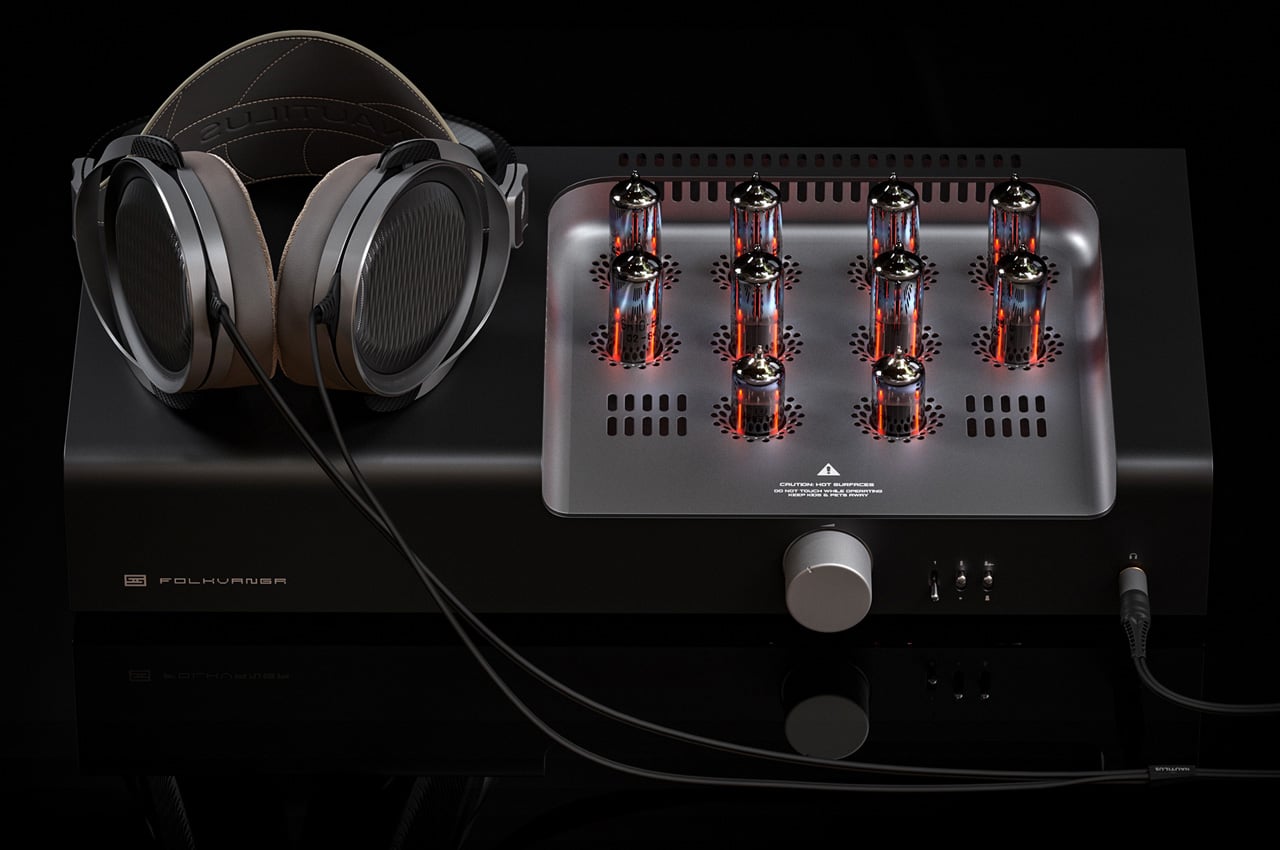
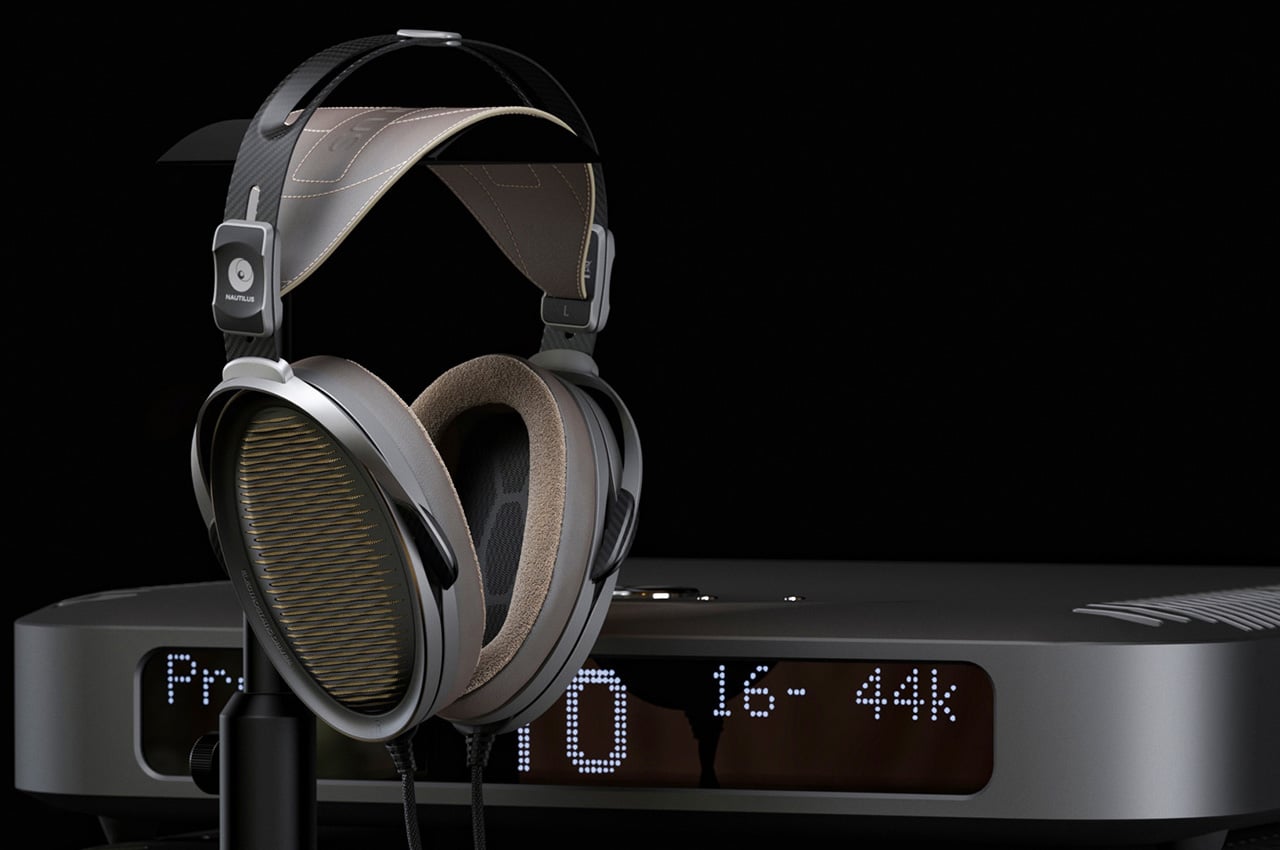
The designer proposes a housing that fits isodynamic and electrostatic drivers without much fizz. Their size is similar, even though the principle mechanism of generating sound is different. This gives the freedom to use different drivers with different audio input sources as well. For example, the isodynamic driver doesn’t require much amplification and works well with simple analog or digital sources while on the other hand, electrostatic drivers use different amplifiers to achieve premium-quality sound from high-powered output DACs.
